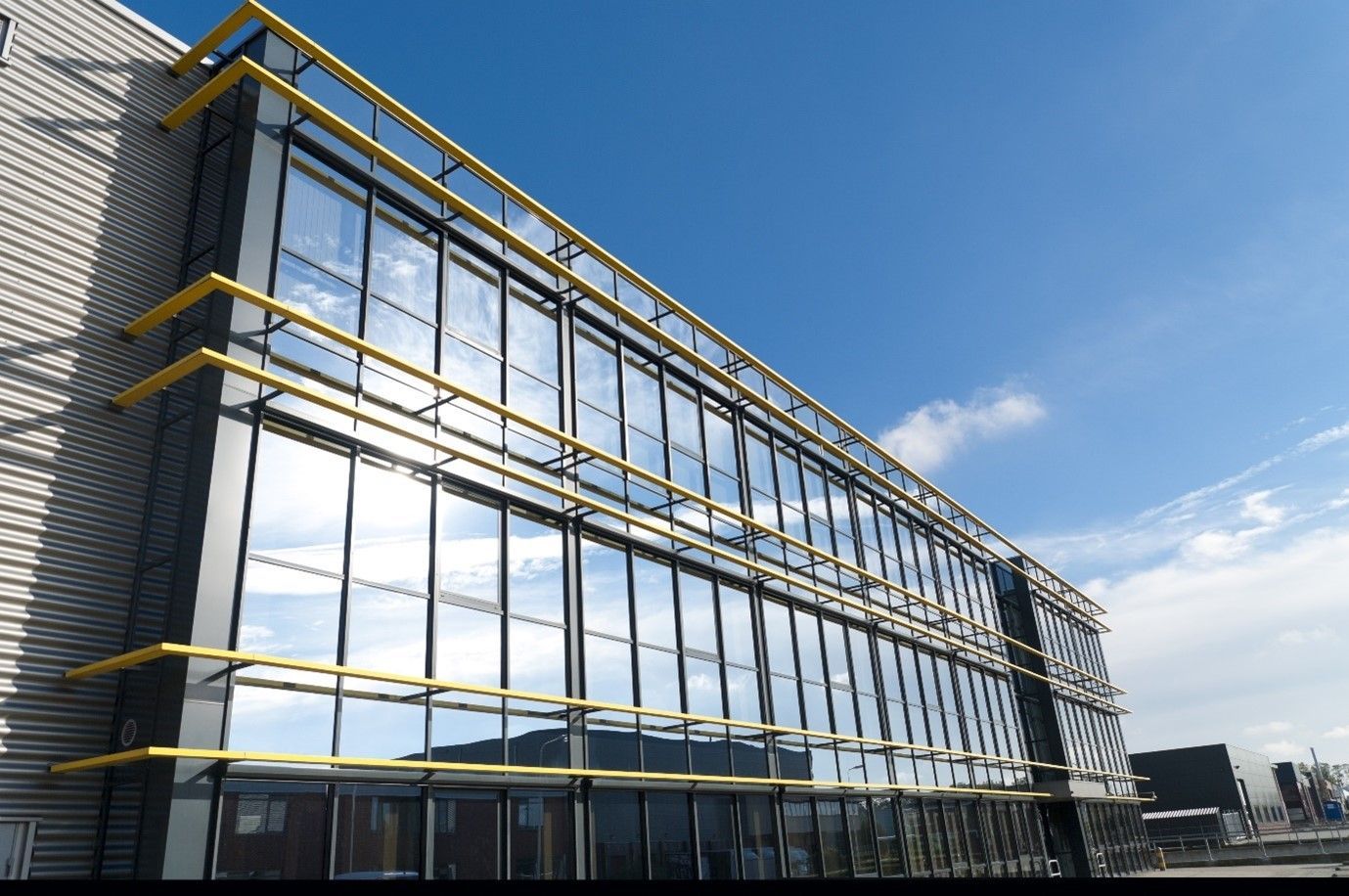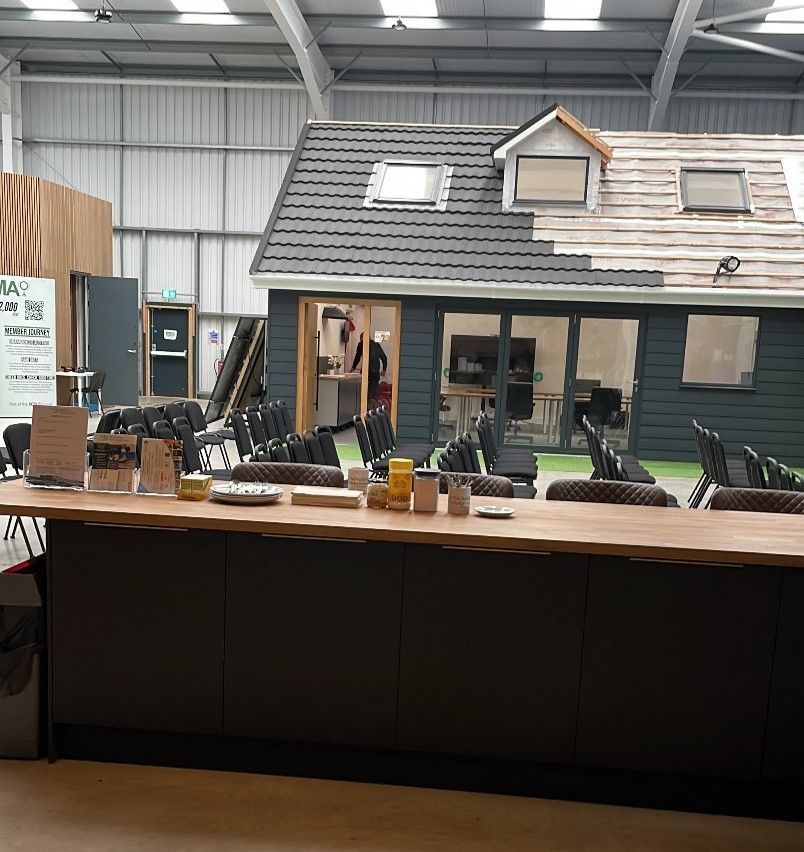Air Tightness and Energy Efficiency
A building which has a higher level of air tightness generally is more energy efficient due to reduced loss of heated air though gaps and holes in the material fabric of the building.
A leakier building will continuously lose heated air through uncontrolled ventilation and keep the boiler running, for longer and potentially to a higher level.
Ensuring that the building is sufficiently airtight to reduce the loss of heated air but allow for reasonable natural ventilation is the ideal, but in some cases, a greater level of air tightness is required by design and more specific ventilation design is required to maintain air quality.
Energy efficiency and a reduction in the carbon emissions are linked through air tightness and in accordance with Building Regulations Part L and Part F, a buildings design air permeability should be assessed, then tested, but that a suitable ventilation strategy be incorporated into the design and also tested to ensure compliance.
The energy losses due to a leaky building can be as much as 10%, and on a larger scale, this will have a massive impact on the economical and ecological efficiency of the building industry.
Air tightness is part of the preparation and design of any new build and should be taken into consideration at every stage in a development’s lifecycle.
The materials and building techniques should be researched, specified and carried out correctly to achieve a reasonable air permeability score once the development is at a testable stage.
Pre-completion testing is also recommended, to test the material fabric at any “fix” stage of a development.
Generally once plasterboard has been applied to the building, the air permeability target should be more easily achieved, as once building services and cabinets are installed, this will tend to make the score gradually worse.
To ensure maximum energy efficiency and minimize carbon emissions of an occupied building, design in reasonable air tightness targets and enforce the specifications on site to achieve the best and most appropriate air tightness score.
Ashby Energy Assessors Blog and News




